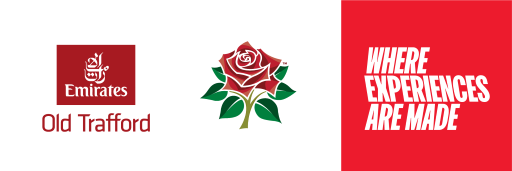Radley Yeldar (RY) has released a report revealing the extent of well-meaning companies using clichéd, ineffective and even offensive communications as part of their diversity and inclusion (D&I) strategies.
The report comes at a time when businesses are increasingly motivated to invest in D&I initiatives and customer engagement campaigns.
While a range of high-profile cases and causes have raised the stakes, new research showing how D&I can increase the bottom line, drive innovation, attract talent and deliver growth is propelling it further still up the corporate agenda.
However, RY says that as the importance of D&I has increased, so has its complexity. It is a maze of issues, considerations, nuances and pitfalls, and today’s businesses face unprecedented pressure to keep up with an ever-shifting communications landscape.
RY’s research reveals that, when it comes to communicating D&I with design and messaging that hits the mark, businesses are struggling to get it right.
- 91% use cliched D&I ‘taglines’
- 64% don’t use any kind of charts to bring clarity to their data
- 42% of photography is basic stock imagery
- 28% use multicolours to communicate D&I
- 29% use stick figure drawings
- 78% use stock shots of obviously diverse employees looking happy
The research – conducted through in-depth interviews with D&I experts and thorough analysis of academic studies – points to an epidemic of what RY calls ‘self-fulfilling faux pas’: which it describes as a new communications phenomenon where the communicator tries so hard to avoid controversial or offensive statements that they inadvertently end up communicating in precisely the tone-deaf way they were striving to avoid.
Brands relying on clichéd communications (coloured pencils, ‘diversitrees’, rainbows and the earth clasped by two hands) risk both alienating important audiences and passing up an important opportunity.
As such, RY has released ten new design principles to tackle this communications problem:
- Move away from multicolour
Avoid using the overused trope of representing diversity using multiple colours. This metaphor rarely looks visually impactful, genuine or aligned with the rest of the brand. It can leave communications lacking meaning and credibility.
2. Show real people and places.
Generate authenticity by using real people – whether employees, customers, communities or stakeholders. Seeking input from those you’re trying to represent, and engaging with and depicting real people and places , will lend a genuine quality that is essential in getting D&I right.
3. And if you don’t have suitable images, don’t use any.
Often, organisations will use images of people they believe represent diversity, using a person of colour or someone with a visible disability to talk about D&I. This effectively reduces people to props, whether or not they are relevant to the real. Consider the true relevance of every image used.
3. Avoid ambiguity
D&I communications often use generic, ambiguous faux-inspirational statements, like being “better together.” But without specificity, even well-intentioned statements and aspirations lose meaning and lack impact.
4. Embrace data. All of it.
Data visualisation is powerful. It can be used to bring your progress to life and show where you want to be, by when, and how you’ll get there. It’s a great way to help your audiences leap beyond the superficial and join you on your D&I journey, wherever you’re up to. Don’t have the right data? Start collecting it.
5. Don’t overcomplicate.
Rather than addressing multiple priorities of D&I all at once, make it clear that whichever topic you’re discussing is part of a bigger conversation around D&I. Avoid overcrowding communications visually with different images, colours or themes that attempt to address every issue in one place.
6. Get moving.
The conversation around D&I is moving fast and people often don’t realise how quickly things change. Designing your D&I comms in a dynamic way that anticipates this changing landscape will help you not just keep up, but stay ahead of the game.
7. Make it accessible.
There’s no use creating a sexy piece of design work if your target audience can’t see, hear, experience or understand it. Make sure all your intended audiences can access your communications.
8. If you’re going to do it, do it.
Tackle big, bold topics head on, and show that you believe in making your organisation a better place. Don’t be afraid to be honest about the journey you’re on: tell your story.
9. Just make it normal. Because it is.
While there are occasions when it’s necessary to address the different experiences of certain groups and communities, the overall objective of inclusion is to make it clear that difference is normal and part of everyday life. Don’t lock D&I away – make it part and parcel of how you communicate across the board.
Jennifer Pyne, Brand Director at RY, said: “D&I has become a hugely important topic, but unfortunately the way brands communicate about D&I issues has not kept with pace. Our report reveals 85% of Forbes’ 100 Most Valuable Brands actively communicate their D&I efforts, but nearly half are using visual D&I clichés like rainbows and cheesy stock imagery. What’s worse, we’ve noticed a lot of ‘self-fulfilling faux pas’; when brands try so hard to communicate about D&I that they inadvertently fumble and awkwardly offend the very people they are trying to engage.
“It’s a bit of a minefield, so we created a practical guide of simple principles to help demystify D&I communications, particularly visual communications. At the end of the day, D&I is about connecting with and reflecting your audiences. At its heart, that’s what all good communications should do.”















